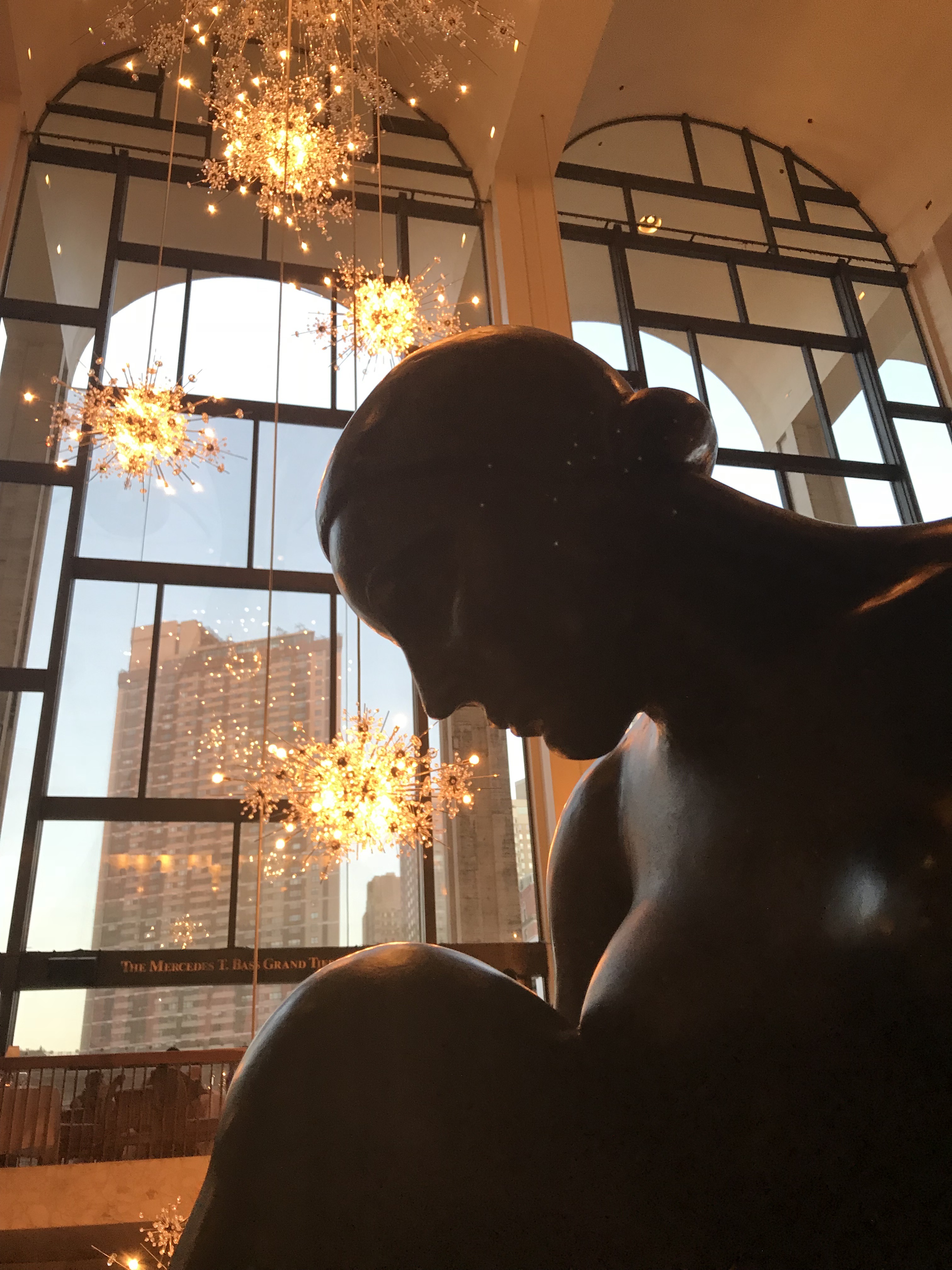By Caitlin Kelly

Some of you, I know, live with/in chronic pain. It’s exhausting and demoralizing and you measure your available energy in “spoons”, a word I learned from Twitter.
I have a severely arthritic right hip now, and it hurts whenever I do basically anything — get into the shower, roll over in bed, stand up. Like many people with arthritis it diminishes my appetite for exercise, which makes it worse. I just suck it up and rarely take painkillers. It is what it is. I have to bear the pain until I get the damn thing replaced.
I’m used to living in pain.
My husband has recently suffered a kidney stone whose 24/7 pain has been driving him mad.
But it’s been a real education for a man who has enjoyed superb health his entire life since childhood: no surgeries, broken bones or hospitalizations.
I’ve spent a lot of time inside the hammering sounds of an MRI machine and when my left hip was destroyed by a course of steroids meant to help me (!) the pain became so relentless I went on crutches for a while; it was replaced in February 2012.
Living with any sort of pain — mental, physical, emotional — is a challenge for everyone, but especially for those whose lives have, so far, been pretty pleasant and unscathed.
It can seem like a personal affront: how dare you inconvenience me!?
But, as the cliche says, you only develop resilience by going through some serious shit, and usually coming out of it aware that millions of us are also carrying some burden of pain, but often quietly and invisibly.
Witness the national meltdown chronicled in The New York Times:
In Chicago, a customer service agent for Patagonia described how a young woman became inconsolable when told that her package would be late. Another customer accused him of lying and participating in a scam to defraud customers upon learning that the out-of-stock fleece vest he had back-ordered would be further delayed by supply-chain issues.
In Colorado, Maribeth Ashburn, who works for a jewelry store, said that she was weary of being “the mask police.”
“Customers will scream at you, throw things and walk out of the store,” she said.
I flew only once in 2021, in late November, on a flight on Air Canada to Toronto from New York, then to Halifax, and back. Thank God, everyone wore their masks and were polite and calm — since more than 5,779 incidents of rage erupted on American domestic flights, 4,000 of them related to wearing a mask.
I have zero patience with this!
Every flight, I guarantee you, also contains people who are weary, grieving, scared to fly — and the last thing they need is the terror and anxiety (and delays) created by selfish aggressive babies, aka fellow adult passengers with no self-control.
I recently witnessed, at the local pharmacy in our suburban New York town, a similar adult tantrum — by a grown man raging at the clerk for limiting his purchase of at-home COVID tests to only four. Hah! Good luck finding any anywhere now.

As some of you know, I worked retail at $11/hour for 2.5 years at a suburban upscale mall, for The North Face, and, yes, I saw and felt some of this behavior there as well; I wrote about it in my book, “Malled: My Unintentional Career in Retail.”
Americans cherish the weird fantasy that anyone can become President or a billionaire, maybe both! But their consistent contempt for low-wage, customer-facing work — retail, hospitality, etc. — is really ugly, as if lower-paid workers deserve to be treated like shit because…they don’t (yet) have a better-paying and more prestigious job.
If we can’t get our collective act together — and behave like the adults we are — 2022 is going to be even more of a shitshow; we’re already losing so many burned-out, talented healthcare workers, sick of being yelled at, spat on, now even scared to leave the hospital in their scrubs.
When things get rough — or, as the British would say, go pear-shaped — it’s an adult choice to use your strength and maturity to not whip others with your misery.
I found this, from former Guardian columnist Oliver Burkeman’s final column, really smart:
The capacity to tolerate minor discomfort is a superpower. It’s shocking to realise how readily we set aside even our greatest ambitions in life, merely to avoid easily tolerable levels of unpleasantness. You already know it won’t kill you to endure the mild agitation of getting back to work on an important creative project; initiating a difficult conversation with a colleague; asking someone out; or checking your bank balance – but you can waste years in avoidance nonetheless. (This is how social media platforms flourish: by providing an instantly available, compelling place to go at the first hint of unease.)
It’s possible, instead, to make a game of gradually increasing your capacity for discomfort, like weight training at the gym. When you expect that an action will be accompanied by feelings of irritability, anxiety or boredom, it’s usually possible to let that feeling arise and fade, while doing the action anyway. The rewards come so quickly, in terms of what you’ll accomplish, that it soon becomes the more appealing way to live.

Pain is an inevitable part of life.























